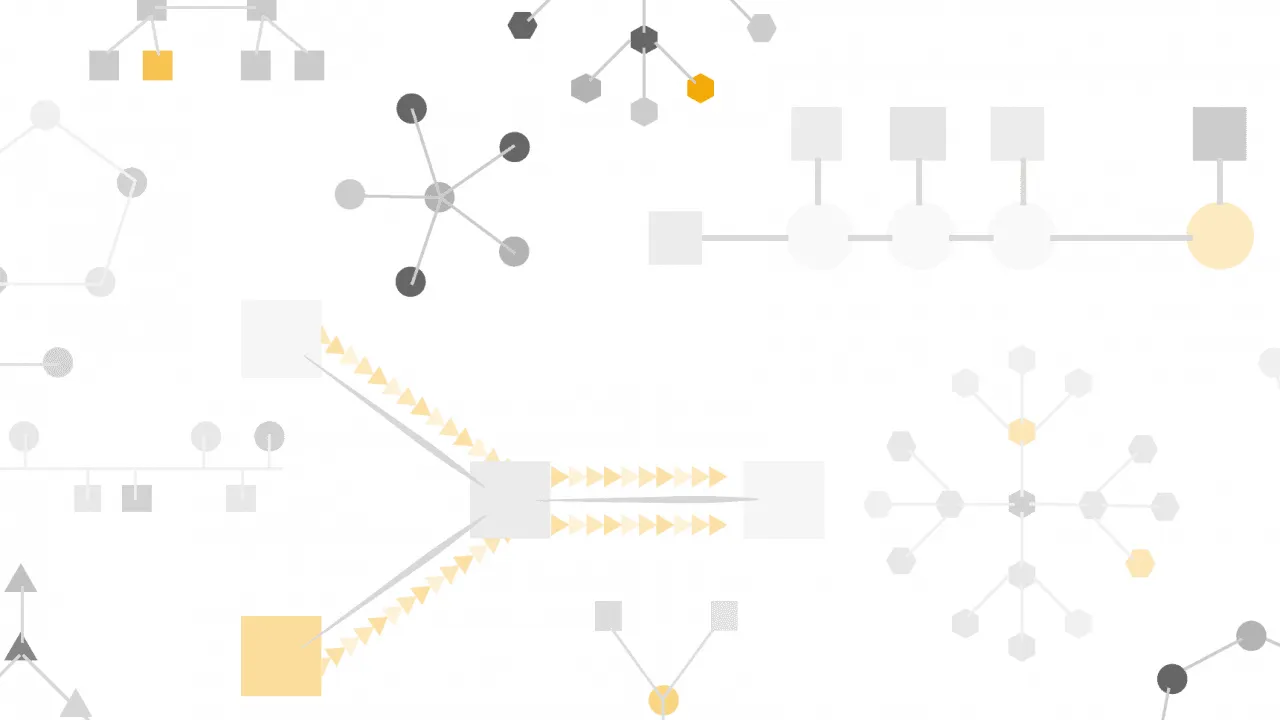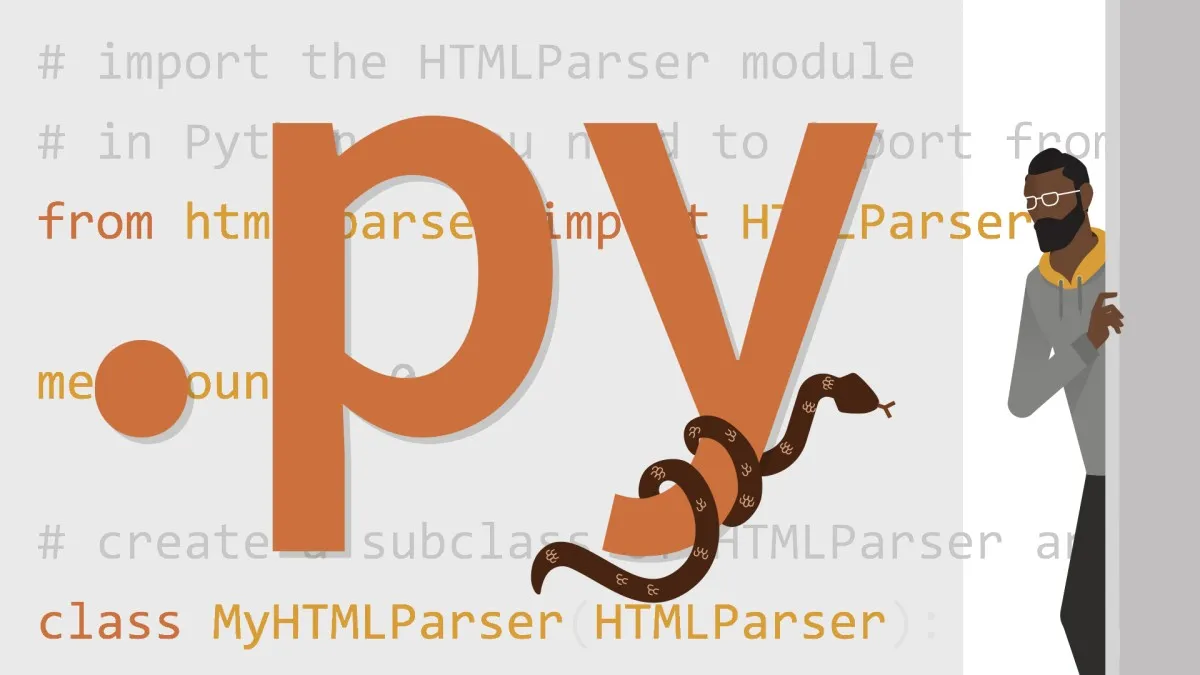
Computer Networking 
Enroll in this course to learn advanced topics in Computer Networking and gain a deeper understanding of the implementation, design principles, and goals of a Computer Network. Explore resource control, content distribution, congestion control, traffic shaping, SDN's, traffic engineering, and network security. ▼
ADVERTISEMENT
Course Feature
![]() Cost:
Cost:
Free
![]() Provider:
Provider:
Udacity
![]() Certificate:
Certificate:
No Information
![]() Language:
Language:
English
![]() Start Date:
Start Date:
On-Demand
Course Overview
❗The content presented here is sourced directly from Udacity platform. For comprehensive course details, including enrollment information, simply click on the 'Go to class' link on our website.
Updated in [June 30th, 2023]
Computer Networking is a course offered by Georgia Tech as CS6250. It is not part of the Online Masters Degree (OMS). This course covers advanced topics in Computer Networking such as Software-Defined Networking (SDN), Data Center Networking and Content Distribution. It is divided into three parts. Part 1 focuses on the implementation, design principles and goals of a Computer Network and touches upon the various routing algorithms used in CN (such as link-state and distance vector). Part 2 covers Congestion Control and Traffic Shaping in Networking Applications. Part 3 deals with the operations and management of computer networks encompassing SDN's (Software Defined Networks), Traffic Engineering and Network Security.
[Applications]
After taking this course, students can apply their knowledge to design and implement computer networks. They can also use the concepts learned to develop and manage software-defined networks, optimize traffic engineering, and secure networks. Additionally, they can use the knowledge gained to develop and manage content distribution networks and control network resources.
[Career Paths]
[Job Position Path]Network Engineer
[Description]Network Engineers are responsible for designing, implementing, and maintaining computer networks. They are responsible for ensuring that the network is secure, reliable, and efficient. Network Engineers must have a strong understanding of networking protocols, hardware, and software. They must also be able to troubleshoot and diagnose network issues.
[Development Trend]The development trend for Network Engineers is to become more specialized in certain areas such as security, cloud computing, and software-defined networking. As technology advances, Network Engineers must stay up to date with the latest trends and technologies in order to remain competitive. Additionally, Network Engineers must be able to work with a variety of different vendors and technologies in order to provide the best solutions for their clients.
[Education Paths]
The recommended educational path for learners interested in Computer Networking is to pursue a Bachelor's degree in Computer Science or a related field. This degree will provide the foundational knowledge and skills necessary to understand the concepts and technologies related to Computer Networking. The degree should include courses in Computer Architecture, Operating Systems, Networking, and Data Structures.
The development trend for Computer Networking is towards more advanced technologies such as Software-Defined Networking (SDN), Data Center Networking, and Content Distribution. As these technologies become more prevalent, the need for professionals with expertise in these areas will increase. Therefore, it is important for learners to stay up-to-date with the latest developments in the field. Additionally, learners should consider pursuing a Master's degree in Computer Networking or a related field to gain a deeper understanding of the technologies and concepts related to Computer Networking.
Course Syllabus
Introduction
Computer Networking Overview,What This Class is Not AboutArchitecture & Principles
A Brief History of the Internet,Architectural Design Principles,Packet Switching,File Transfer,End to End Argument ViolationsSwitching
Switching and Bridging,Bootstrapping: Networking Two Hosts,ARP: Address Resolution Protocol,Interconnecting LANs with Hubs,Switches: Traffic Isolation,Spanning Tree,Switches vs. Routers,Buffer Sizing for a TCP SenderRouting
Internet Routing,Intra-AS Topology,Distance-Vector Routing,Link State Routing,Interdomain Routing,IGP vs. iBGP,BGP Route Selection,Multiple Exit Discriminator (MEI),Interdomain Routing Business ModelsNaming, Addressing & Forwarding
IP Addressing,Pre-1994: “Classful” Addressing,IP Address Allocation,Classless Interdomain Routing (CIDR),Multihoming Frustrates Aggregation,Address Lookup Using Tries,Memory Efficiency and Fast Lookup,Alternatives to LPM with Tries,NAT and IPv6,Network Address Translation (NAT)Router Design Basics
Router Design,Basic Router Architecture,Decision: Crossbar Switching,Switching Algorithm: Maximal Matching,Head of Line Blocking,Scheduling and Fairness,Max-Min FairnessDomain Name System (DNS)
Record Types,Examples (using “dig”),Lookup IP AddressCongestion Control & Streaming
Congestion Control,AIMD (TCP Congestion Control),Data Centers & TCP “Incast”,Barrier Synchronization & Idle Time,Multimedia & Streaming,Digitizing Audio & Video,Streaming Video,SkypeRate Limiting and Traffic Shaping
Traffic Classification & Shaping,Source Classification,Leaky Bucket Traffic Shaping,(r, t) Traffic Shaping,Shaping Bursty Traffic Patterns,Power Boost,Effects on Latency,Buffer Bloat,Packet MonitoringContent Distribution
The Web and Caching,HTTP Requests,Persistent Connections,Content Distribution Networks (CDNs),Server Selection,Content Routing,Bit Torrent,Solution to Freeriding: “Choking”,Distributed Hash Tables,Consistent HashingSoftware Defined Networking
Network Management Overview,Software Defined Networking (SDN),Control and Data Planes,Different SDN Controllers,NOX: Overview,Ryu, Floodlight, Nox and Pox,Customizing ControlTraffic Engineering
Traffic Engineering Overview,Interdomain Traffic Engineering,Measuring, Modeling and Controlling Traffic,Link Utilization Function,BGP in Interdomain Traffic Engineering,Multipath Routing,Data Center Networking,Valiant Load Balance,Jellyfish Data Center TopologyNetwork Security
Internet is Insecure,Resource Exhaustion,Routing Security,Origin and Path Authentication,DNS Security,DNS Cache PoisoningInternet Worms
Viruses and Internet Worms,Internet Worm Lifecyle,First Worm: “Morris” Worm,Worm Outbreaks in Detail,Modeling Fast-Spreading WormsSpam
Spam,IP BlacklistingDenial of Service (DoS) Attacks
TCP 3-Way Handshake,Inferring Denial of Service Activity using Backscatter,Automated DoS Attack Mitigation,MTPCPCourse Provider

Provider Udacity's Stats at AZClass
Discussion and Reviews
0.0 (Based on 0 reviews)
Explore Similar Online Courses

Learning Python

Hand embroidery stitches

Python for Informatics: Exploring Information

Social Network Analysis

Introduction to Systematic Review and Meta-Analysis

The Analytics Edge

DCO042 - Python For Informatics

Causal Diagrams: Draw Your Assumptions Before Your Conclusions

Whole genome sequencing of bacterial genomes - tools and applications

How does the Internet work & Networking Crash Course

Rockstar Network Foundations - Free Edition


Start your review of Computer Networking